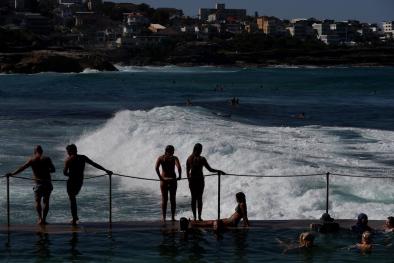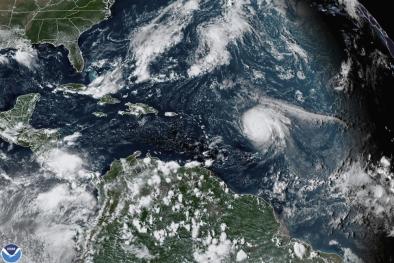Science Source
Widespread shifts in the coastal biota of northern California during the 2014–2016 marine heatwaves
- States that:
- During 2014–2016, severe marine heatwaves in the northeast Pacific triggered well-documented disturbances including mass mortalities, harmful algal blooms, and declines in subtidal kelp beds
- However, less attention has been directed towards understanding how changes in sea surface temperature (SST) and alongshore currents during this period influenced the geographic distribution of coastal taxa
- Examines these effects in northern California, with a focus on the region between Point Reyes and Point Arena, which is <150 km north of Monterey Bay — where numerous southern species have historically reached their northern (poleward) range limits
- Reports substantial changes in geographic distributions and/or abundances across a diverse suite of 67 southern species, including an unprecedented number of poleward range extensions (37) and striking increases in the recruitment of owl limpets (Lottia gigantea) and volcano barnacles (Tetraclita rubescens)
- Concludes that these ecological responses likely arose through the combined effects of extreme SST, periods of anomalous poleward flow, and the unusually long duration of heatwave events
Related Content
Science Source
| Science of The Total Environment
A quantitative analysis of marine heatwaves in response to rising sea surface temperature
Headline

Mar 22, 2023 | Washington Post
Earth’s oceans are showing early and surprising record warming
Headline

May 25, 2022 | Climate Nexus Hot News
NOAA Forecast Busier Than Average Atlantic Hurricane Season For 7th Year In A Row
Science Source
| Advances in Atmospheric Sciences
Another Record: Ocean Warming Continues through 2021 despite La Niña Conditions
Lijing Cheng, John Abraham, Kevin E. Trenberth et al


